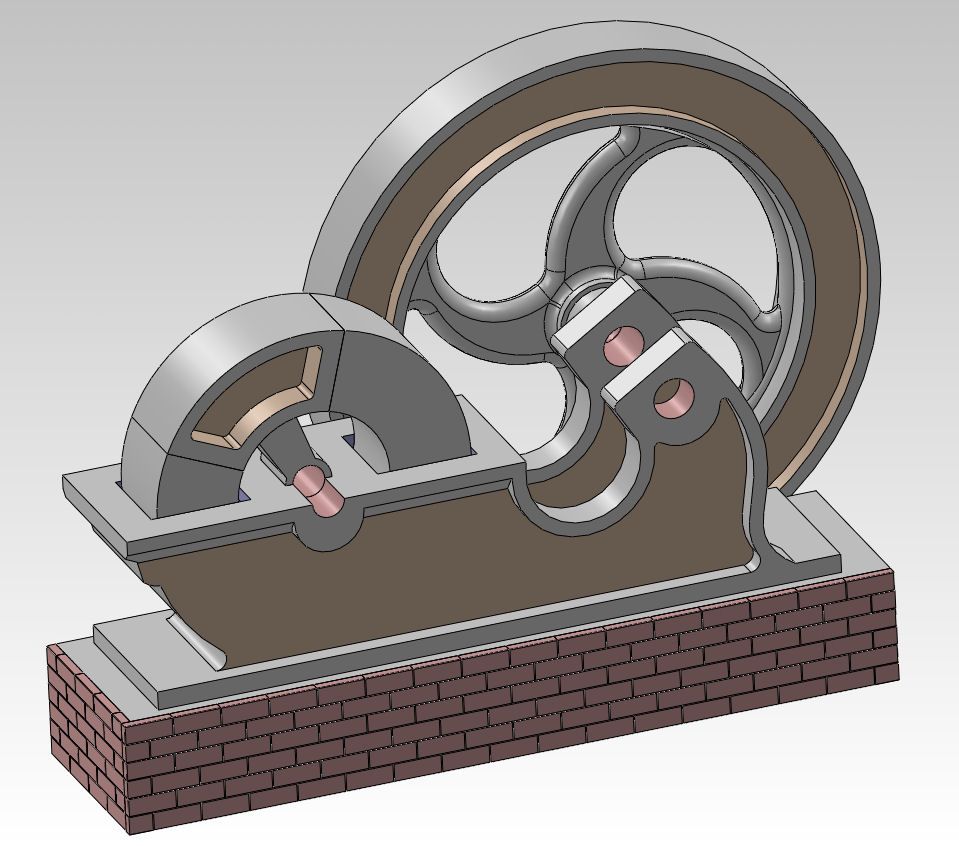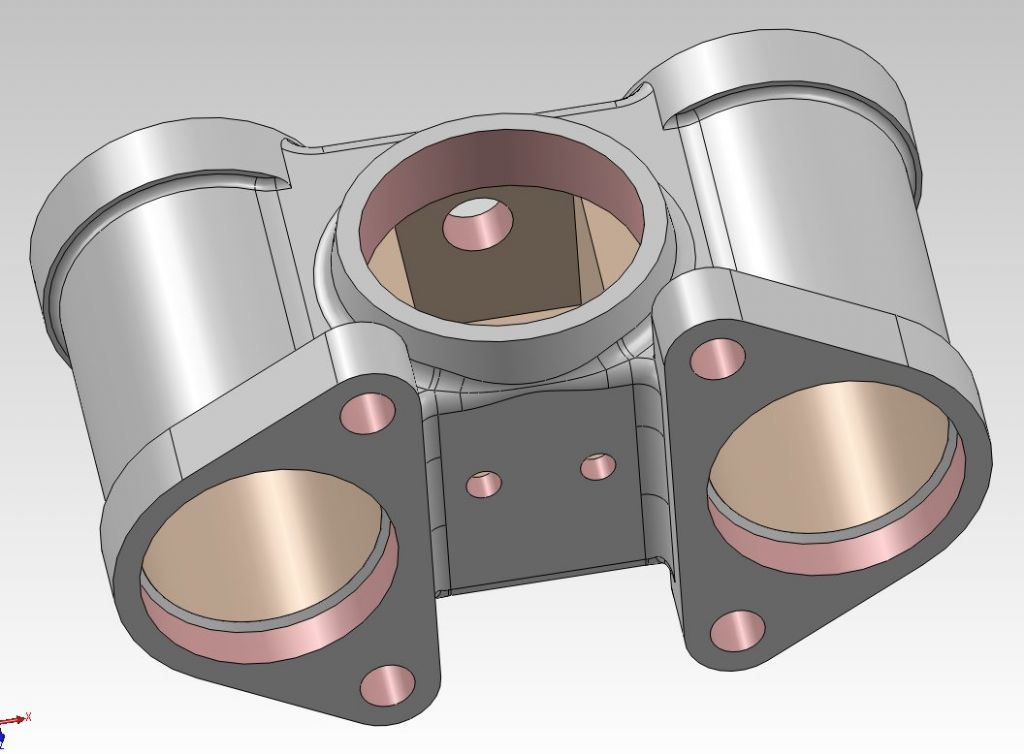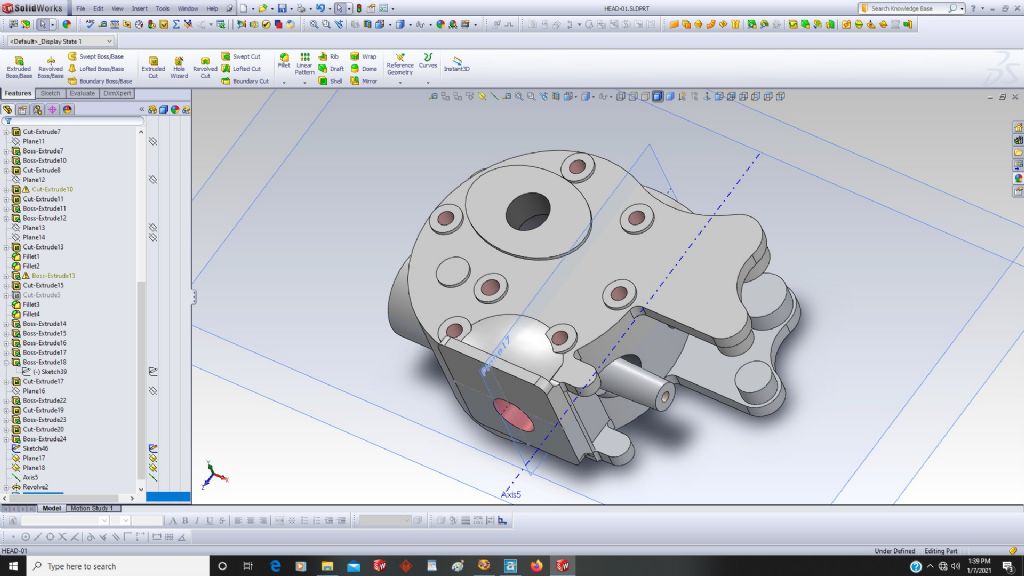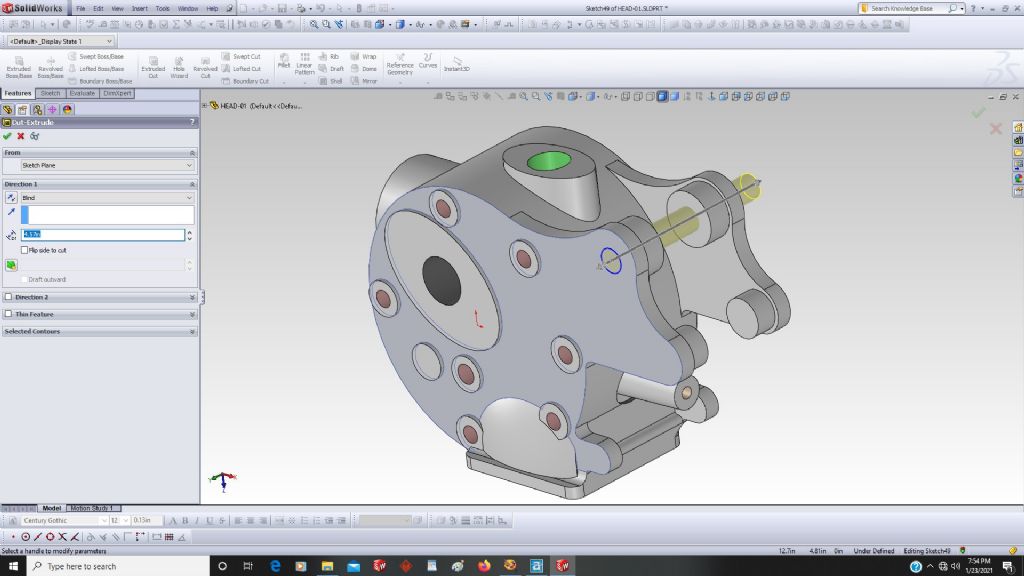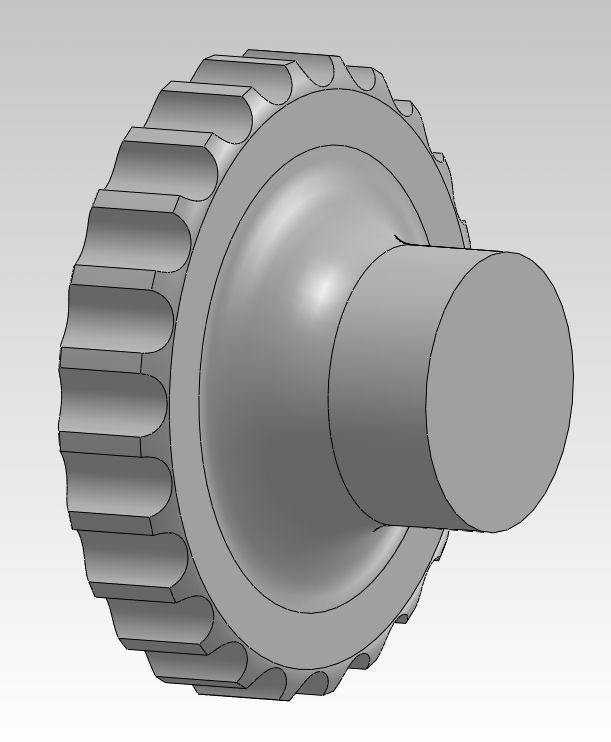I have a set of my dad's spring bow pens. I recall him using the bottle of Indian ink, and administering a few drops to the end of the pen. It all seems rather Neanderthalic when you look back on it, like rubbing two sticks together to start a fire.
I recall that it was critical where you started inking on a drawing, to avoid smears, ie: at the top of the sheet, and working down if I remember correctly.
I think I have a set of the more modern ink pens, the ones with the weight and thin wire, and you shook it to clear out the point. The original pen plotters were notorious for the ink pen drying out late in a 45 minute plot, ofen in the last few minutes.
We use to keep the vellum sheets in drawers, in plastic bags.
On one particularly hot and humid summer day, we noticed that the plotter started losing accuracy, and was noticably off. We called in the plotter repair guy (back when you could actually call real people, and have real people come to your office; those were the days), and he put a sheet of mylar in the plotter, and plotted the same sheet.
The problem vanished. He said "lay your vellum sheets out on the tabletop a few hours before the plot, and let them acclimate to the moisture in the air, and expand a bit". Problem solved.
We learned something new every day.
I was very happy to see the pen plotters go the way of the Dodo.
The next generation of plotters that we had was the inkjet, and we had a 36" wide inkjet.
They were high resolution (600 dpi), much faster than the pen plotters, and if an inkjet head clogged or ran out of ink, the plotter would pause, let you change cartridges, and then continue the plot.
It was about 1999 when the company I worked at purchases an HP injet, and computers and screens were beginning to improve greatly. I distinctly recall looking at that plotter and saying "With a plotter like that, I could start my own company" (due to the quality and relatively low cost; perhaps $10,000.00).
I did start my own company in 2003, and I have never looked back.
The corporate world is not something I miss.
There is only one rung on my corporate ladder, and I never have to worry about everyone else trying to climb over the top of me to get to the top.
.
Edited By PatJ on 14/01/2022 04:09:01
Edited By PatJ on 14/01/2022 04:09:17
Edited By PatJ on 14/01/2022 04:10:20
Edited By PatJ on 14/01/2022 04:10:40
Edited By PatJ on 14/01/2022 04:11:23
Edited By PatJ on 14/01/2022 04:12:13
Edited By PatJ on 14/01/2022 04:12:47
Edited By PatJ on 14/01/2022 04:13:18
 JA.
JA.








